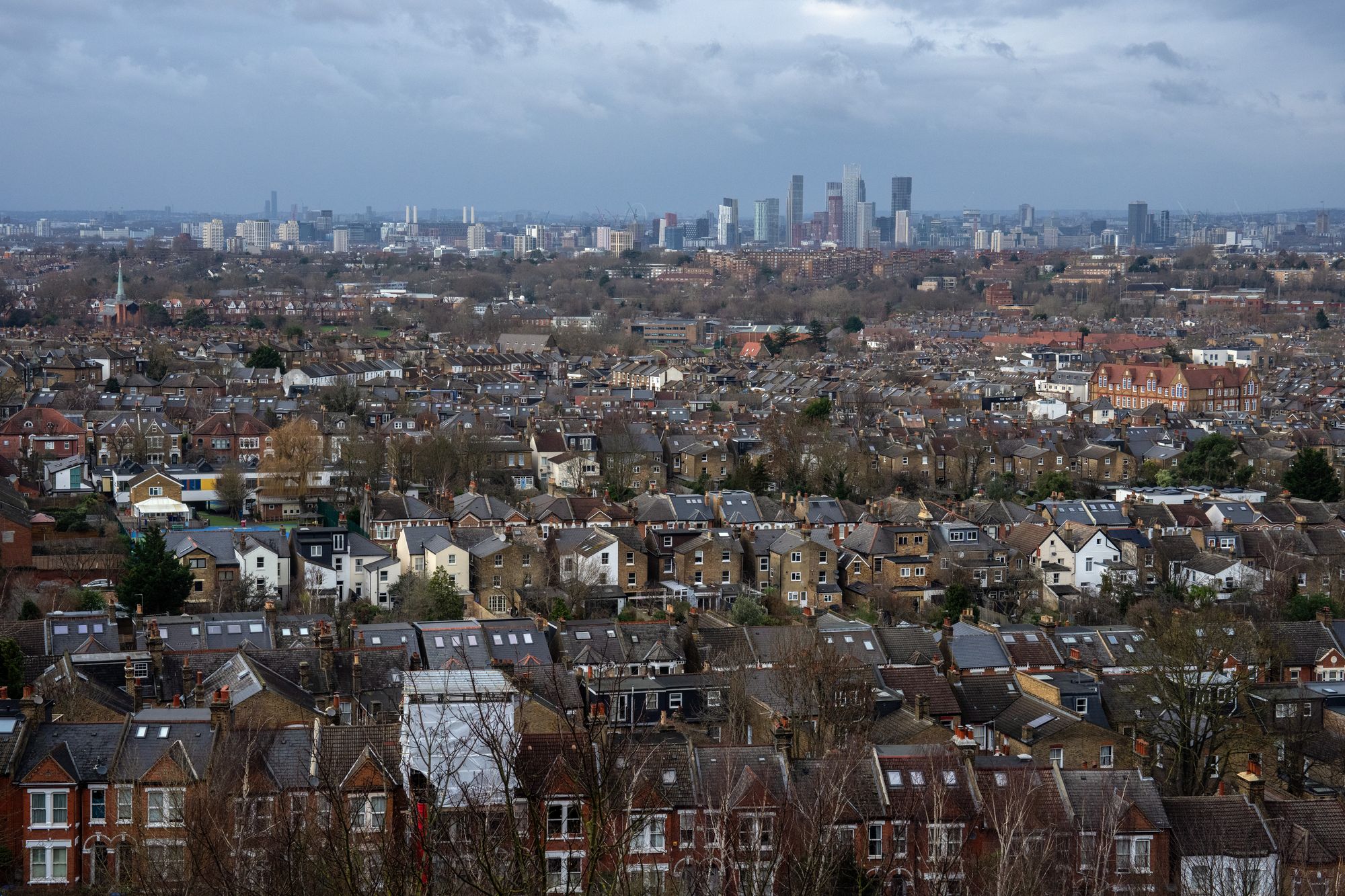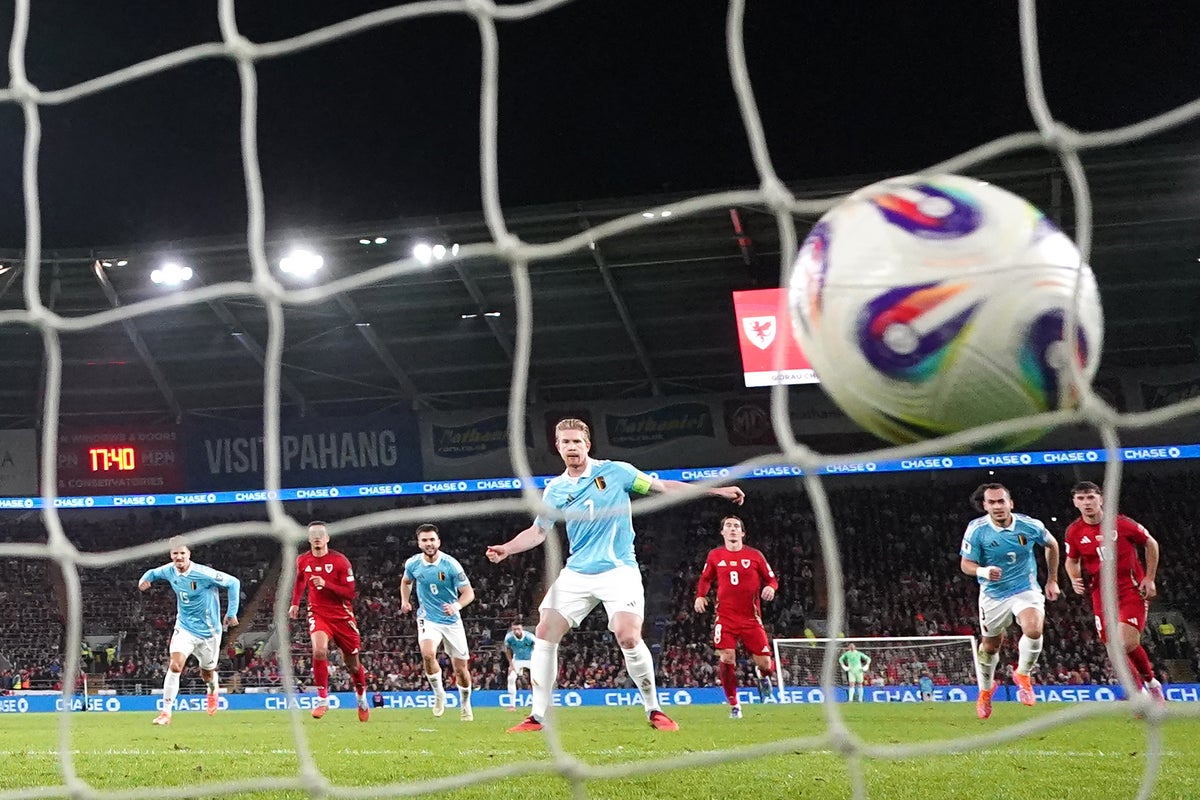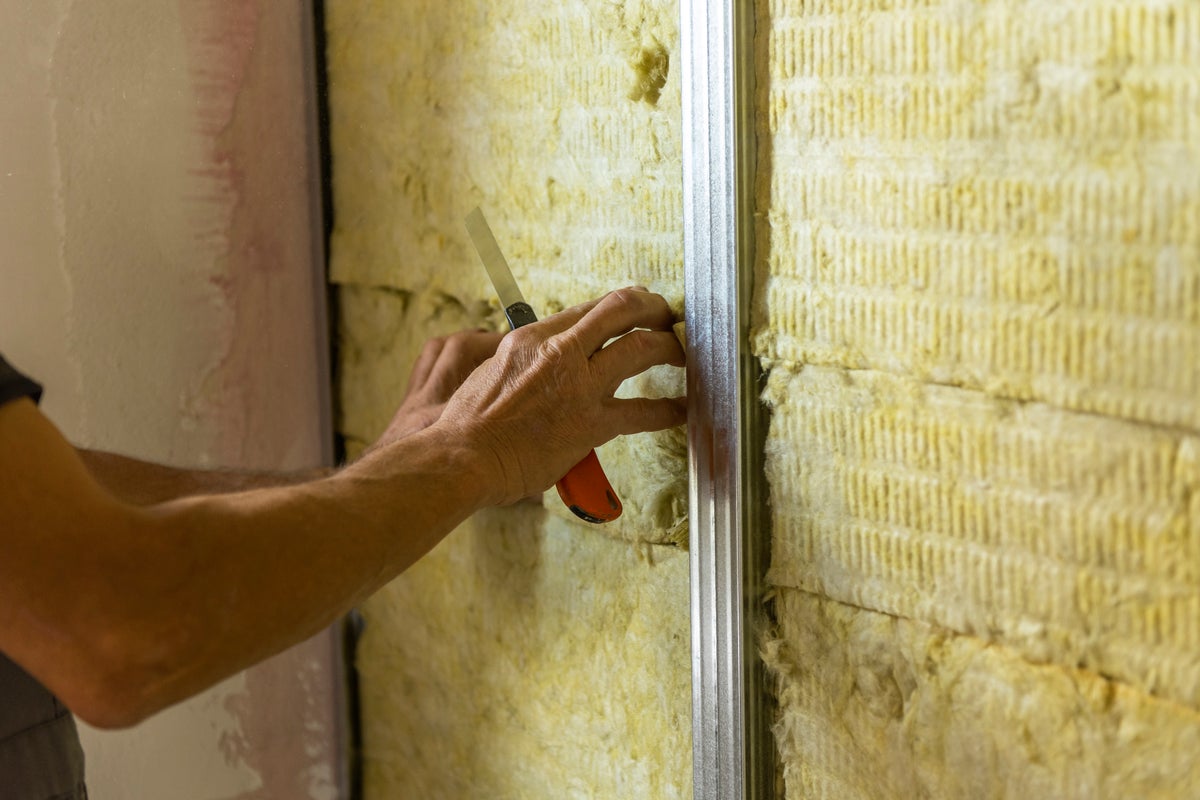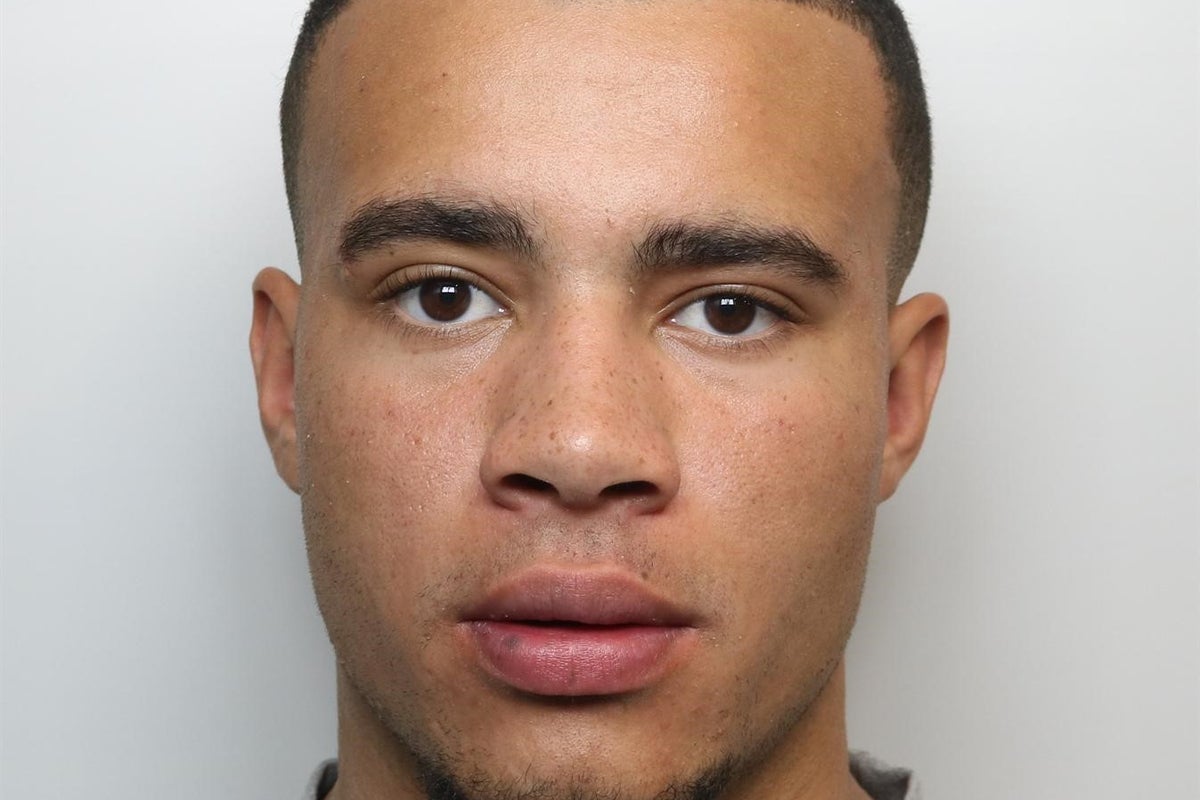A London council purchased a home originally sold under Margaret Thatcher’s controversial Right to Buy scheme at almost four times its original cost, an investigation has found.
Data obtained through freedom of information laws by The Big Issue shows that some former council tenants are making more than £200,000 on a home due to increased property values.
In one case, Hackney Council sold a property for £95,050 in 2014, only to buy it back for £365,000 in 2021, the report found.
Data from 53 councils in England showed that they sold 20,836 homes under the Right to Buy scheme in the past five years, earning £2.25bn.
However the same councils bought 8,590 properties in that time, at a cost of £2.12bn. Analysis by The Big Issue suggests that more than half of these, 4,414, had previously been sold under Right to Buy.
Despite spending over £2bn on house purchases, the local authorities ended up with 12,246 fewer homes, the investigation found.
Under Right to Buy, council tenants can buy their home at a discount if they have lived there for at least three years. The scheme, which was introduced by former Tory prime minister Ms Thathcer, has been blamed by housing charities and experts for fuelling the housing crisis and contributing to the dwindling stock of affordable homes.

The chair of parliament’s housing select committee, Florence Eshalomi MP, said the findings were “really worrying, especially when you look at the fact that across England, a number of councils are struggling in terms of day to day finances”.
She added: “A number of those councils are facing budgetary pressures because of temporary accommodation costs. If we had these homes, people could be rehoused.”
In Isleworth, west London, a council tenant bought their home under Right to Buy for £272,662 in 2016. Just over six years later, in 2023, Hounslow Council re-purchased the home for £575,000 – losing £302,338, the analysis found.
Another property in Ellesmere Port, Cheshire, was sold for £16,000 under the scheme in 2016, only for Cheshire West and Chester Council to buy it back for £170,000 in 2024.
Nick Gallent, housing professor at University College London, told The Big Issue: “We’ve always known that Right to Buy was the biggest sale of public infrastructure, at massive discount, that has ever been seen in the UK.
“This study appears to show very clearly that the housing that was sold should have been retained, hence local authorities are trying to buy it back to meet urgent needs at huge cost.”
According to the latest government data, there were 1.33 million households on waiting lists for a council home in March 2024 – the highest it has been since 2014.
A spokesperson for the Local Government Association said: “Local authorities see the long-term benefits from recent reforms of the Right to Buy scheme for boosting their stock of social housing, despite the sharp uptick in applications from people wanting to buy their council houses.
“Local government is central to addressing the housing crisis that the country is facing, and these reforms will help councils maintain their existing housing stock, as well as expanding.”
A spokesperson for the Department for Housing, Communities and Local Government said: “There are simply not enough social homes because of the housing crisis we inherited, and Right to Buy has directly contributed to this.
“That is why we are reforming the scheme to better protect social housing stock and supporting councils to deliver new homes, including buying back properties sold under the Right to Buy.”
Cllr Guy Nicholson, cabinet member for housing management and regeneration at the London Borough of Hackney, said: “Like all London boroughs, Hackney is facing a huge demand for homes. Around 8,500 households are on the housing waiting list, and rents in the private sector continue to rise to levels that for many are unaffordable.
“All London council budgets are under ever increasing pressure, primarily because of the demand for and costs of adult social care, children services and temporary accommodation. Despite this pressure Hackney Council has been and still is delivering one of the country’s largest building programmes of new affordable council homes in a range of affordable tenures.
“But the scale of the demand for affordable homes means that the council cannot just rely on building new homes. Alongside this the council also buys back homes that have been sold via the Right to Buy initiative. This buyback programme makes an important contribution to the supply and availability of council homes. But to do this requires significant sums of money, which can only be raised through drawing on central government and Mayor of London grants to complement the council’s own capital resources.”

.jpeg)

















.jpeg)













 English (US) ·
English (US) ·